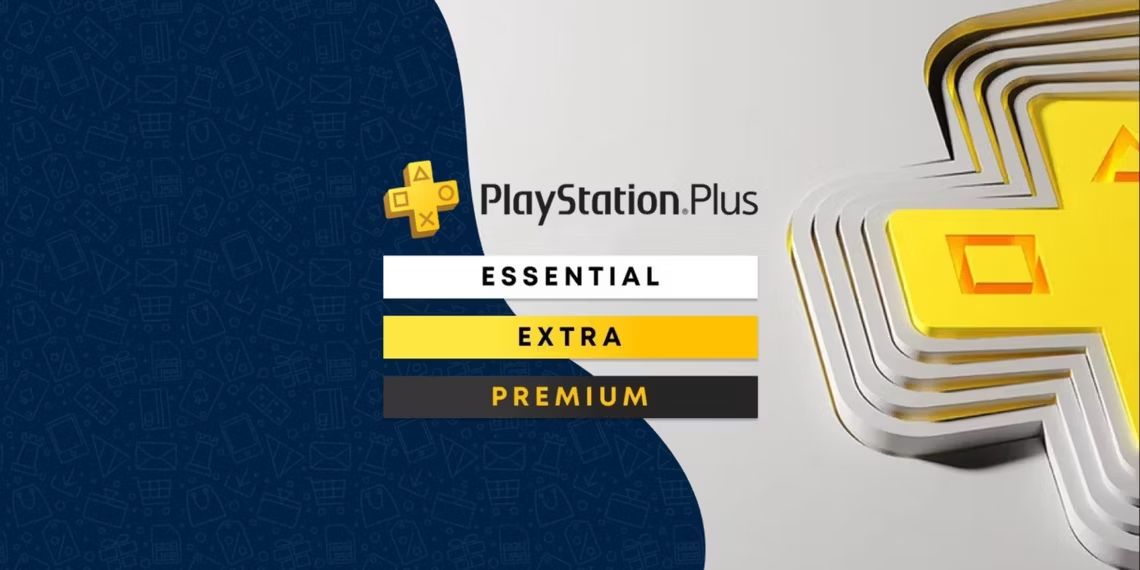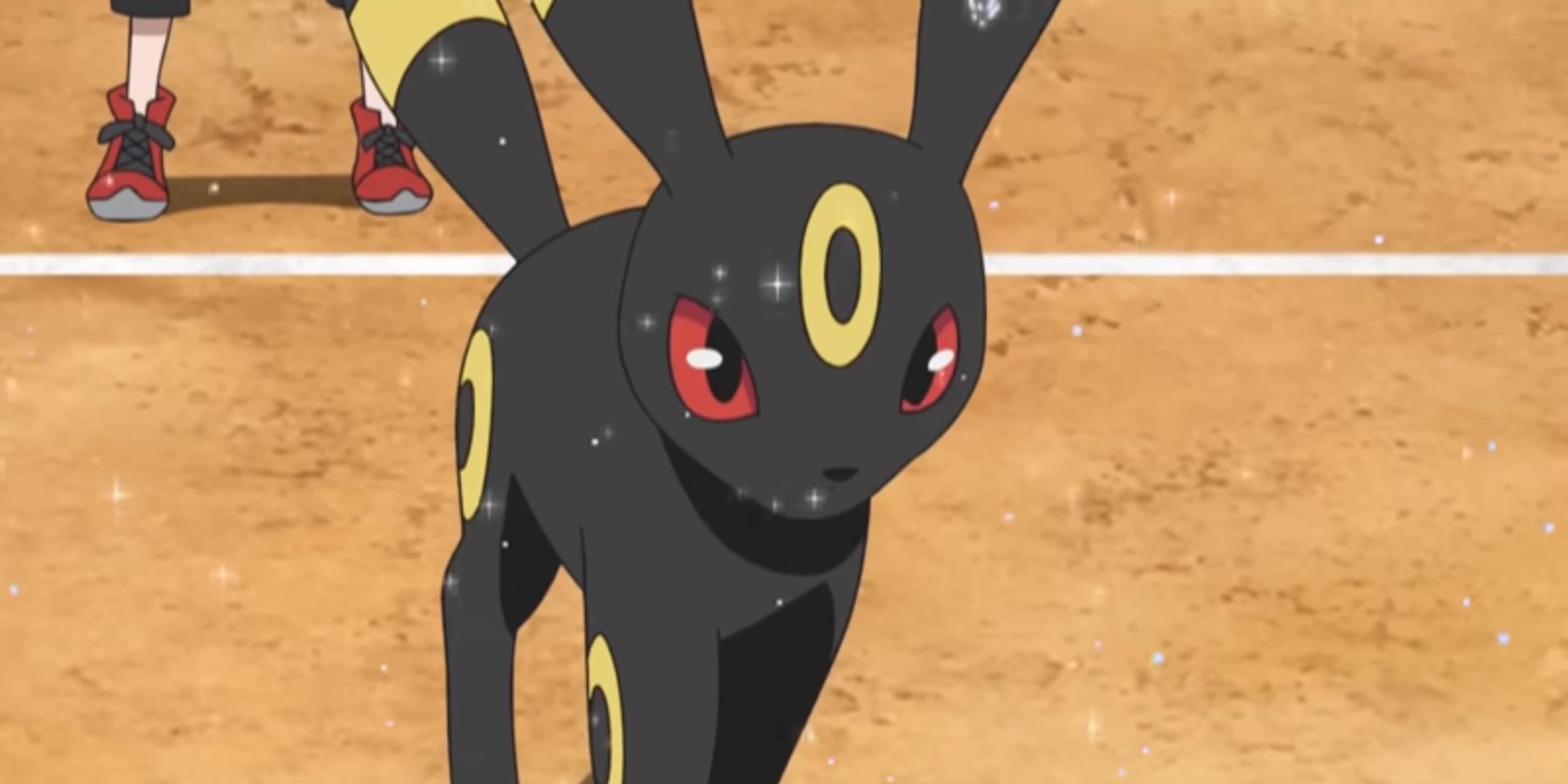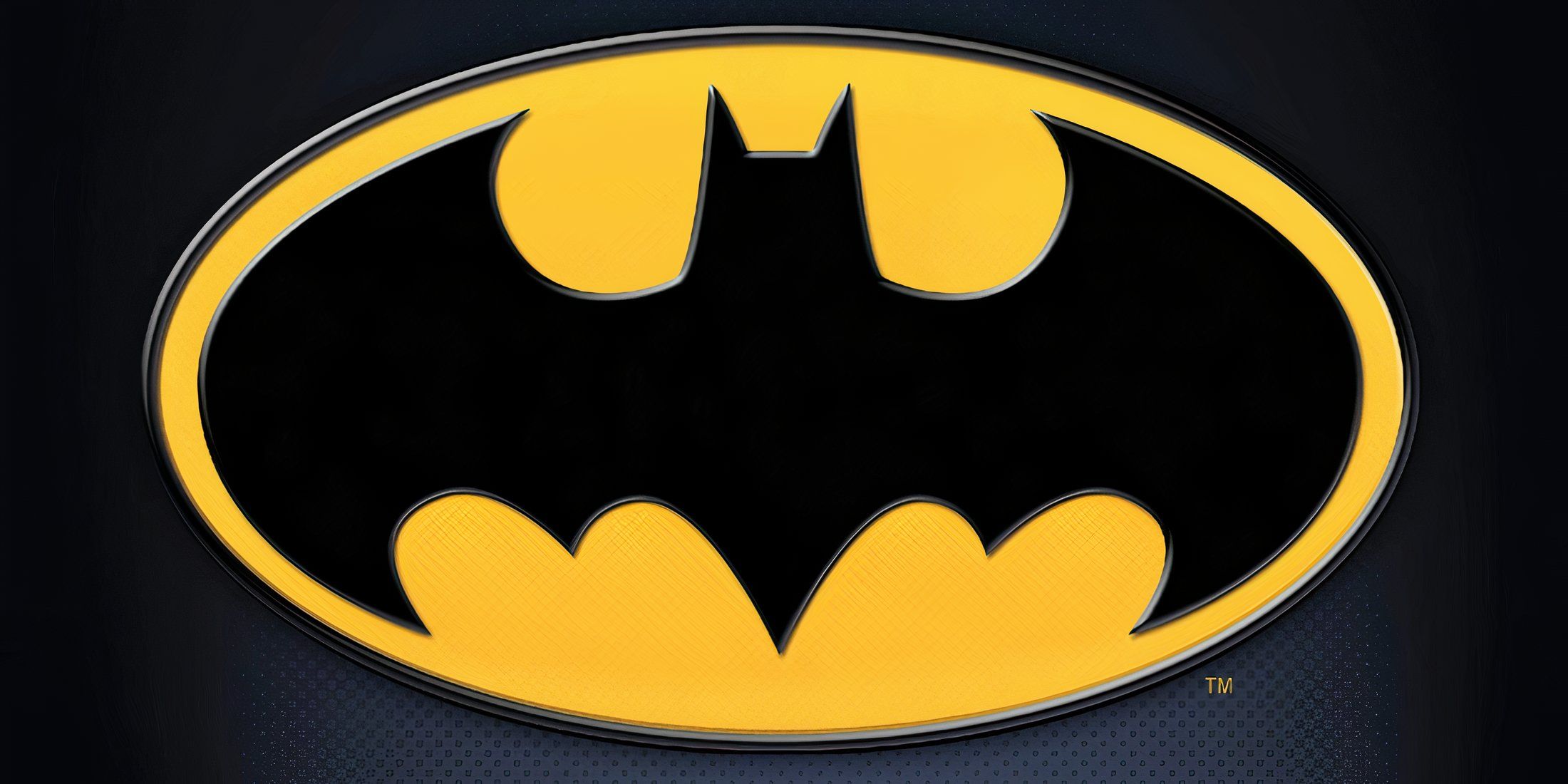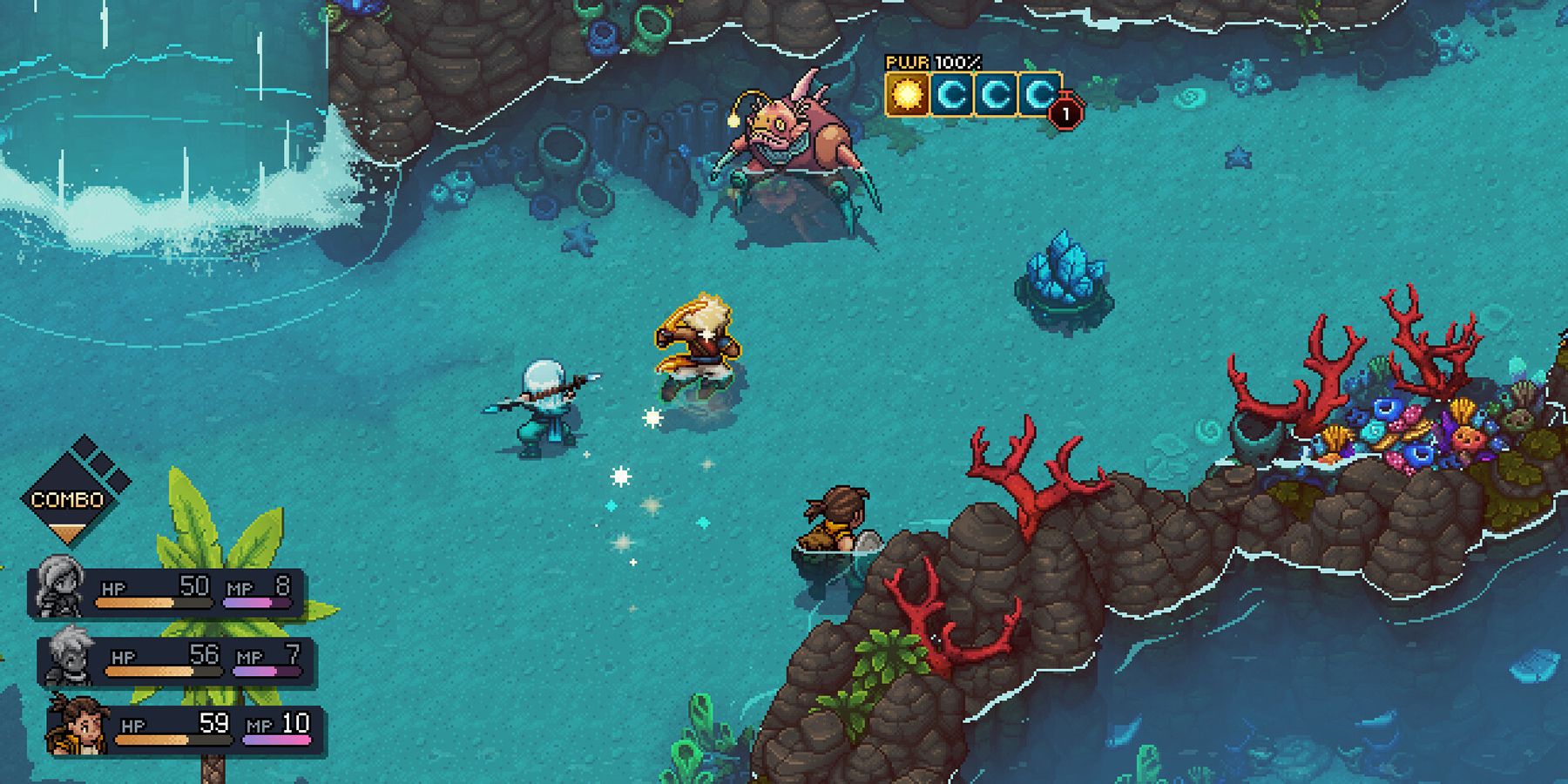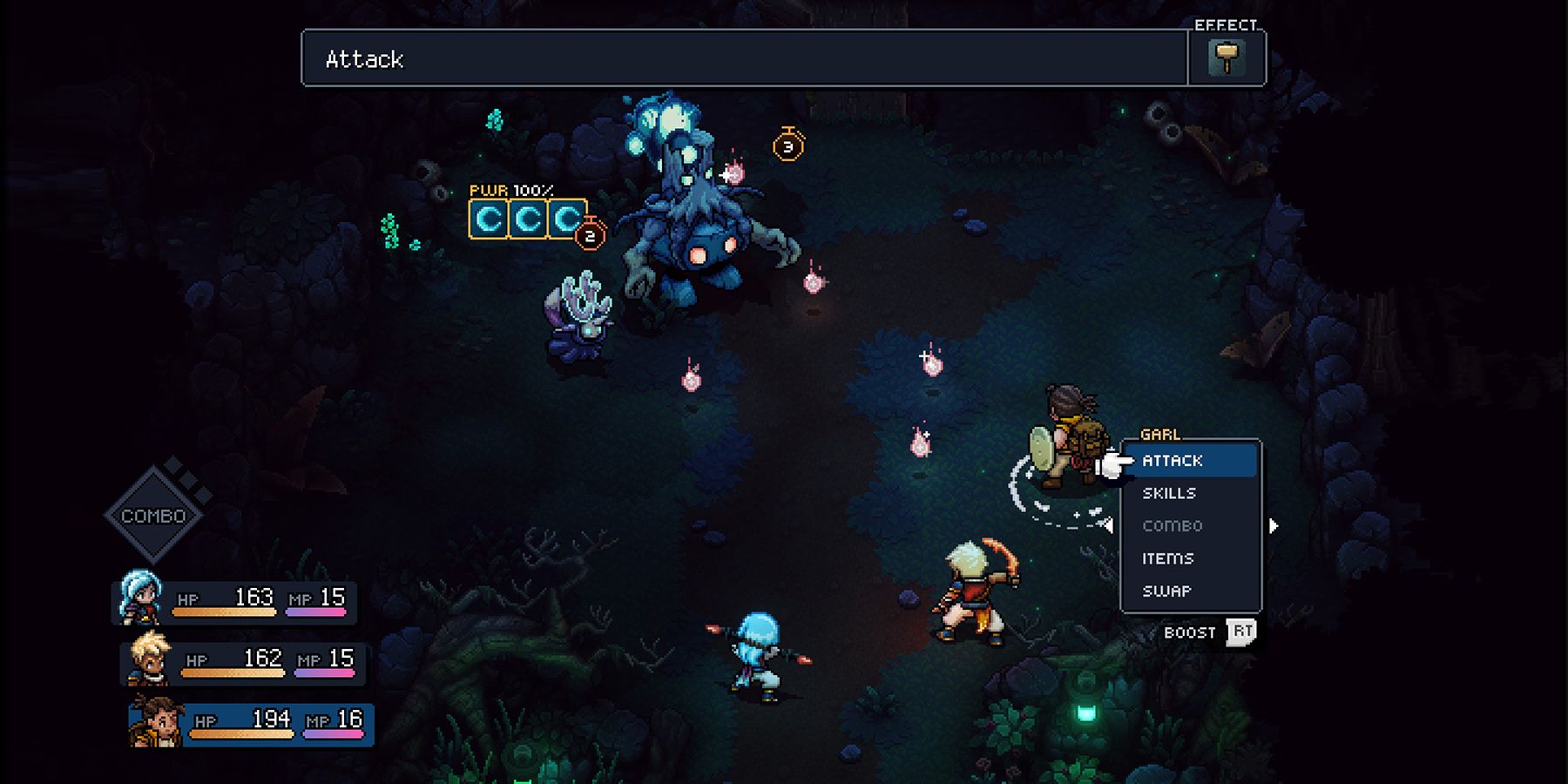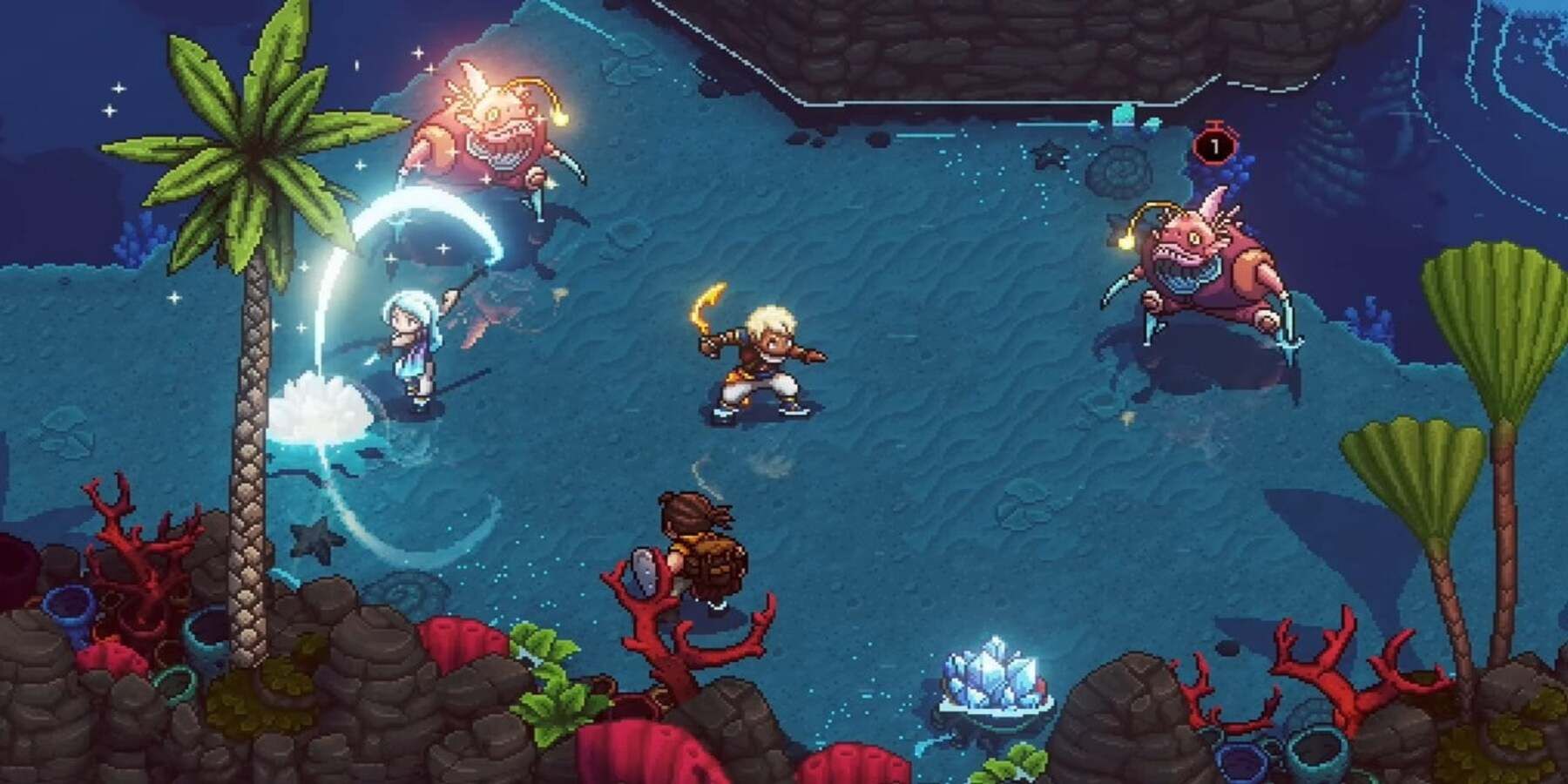After being somehwat maligned for some time, turn-based RPGs are seeing something of a renaissance. One of the most interesting entries into this resurgence is Sea of Stars, as combat system not only embraces true turn-based battle, but couldn’t exist without it.
At its core, turn-based combat is easily understood: the player acts and then the enemy acts. Each action happens only with player input. These battles tend to resemble Pokemon or classic initiative-based Dungeons and Dragons, with a ‘stop and think’ opportunity every few seconds of action. Though often grouped with systems like Final Fantasy 7’s Active Time Battle or Atelier’s Charge Turn Battle, turn-based games take combat timing, typically, as a simple affair. However, combat in Sea of Stars is more active and dynamic, creative director Thierry Boulanger explained during a recent Game ZXC interview.
Sea of Stars is, when it comes to the basics, one of the purest versions of turn-based combat possible. Players have a turn, where they can choose which party member will act and what action they will take. This is interspersed with the enemy units doing the same thing. But far from the slower pace Pokemon fans are used to, the combat is highly active and dynamic thanks to a variety of systems developer Sabotage Studio has layered on combat.
This was intentional, explained Boulanger, as battles in Sea of Stars are puzzles of resources, requirements, and hazards that encourage players to take a moment to plan every so often. Creating a dynamic combat environment was something important to Boulanger, who took inspirations from retro RPGs and combined them in new ways to get the system he’d always wanted to see in a game.
“What happened was the mix of, you know, the seamlessness of Chrono Trigger , if you will–like battle not occurring in the separate arena that you load into–and the active combat of Super Mario RPG . Unless I missed it, there was never a game that had both, you know… Honestly, it flowed really naturally because it just makes sense. It feels more active because you don't go from it's active when I moved to it's kind of boring when I fight. A fight can drag on, but you're constantly engaged because you have these inputs to keep doing and you can always perform in very micro-loops instead of the whole fight being just like your gear versus your amount of items and things like that. So I think it really worked out nice.”
Timed blocking, combos with timed attacks, and spells that require active input from the player form the backbone of the active turn-based combat system the game employs. But what makes the system shine are features that make it hard to emulate the Sea of Stars’ combat in an active RPG environment: live mana and locks. Live mana acts as a way to boost a character’s abilities. When a successful normal attack connects, it produces live mana in the environment. A character can absorb this mana at the start of their turn to add their Magic Attack stat to their next action, and additionally add their magical attributes to basic attacks. That becomes key to Sea of Stars' locks mechanic, both literally and figuratively.
When an enemy is about to use a powerful skill or spell, locks will appear. The number of locks will be relative to the potency of that ability, meaning something with five locks is far more dangerous than something with two. To interrupt the incoming attack, locks have to be broken. And to break locks, specific types of damage must be done. This can be tricky to accomplish, and will often rely on the use of multiple party members working together as well as applying live mana to attacks. A well-executed move powered by live mana can allow Valere to break two blunt and one moon lock, but such a move requires preparation and timing. But if a lock requires sun damage as well, Valere can’t break it alone.
“What the Locks do is they challenge you. If you don't hit me with sword twice and moon twice and blunt once, you're eating lightning, and so that challenged you to go ‘oh, okay, so if I save my combo points for these two to attack at the same time, I'm going to take out sword and blunt in a single move. And then I need to do two moons in the one throw I have left, so that's my Moonerang that I need to bounce properly at least once.’ Things like that. It's causing this conversation in the player's mind, or at least, that's the intention.“
Thankfully, breaking locks isn’t a pass-or-fail scenario, Boulanger explained. If three of four locks on an incoming attack are broken, the attack will be significantly weakened despite not being stopped, meaning resources spent breaking those locks are never wasted. And low MP costs and caps combined with MP and live mana being produced by regular attacks helps replenish those spent resources quickly. On top of that, Sea of Stars' diegetic artifacts found throughout the world can be employed to help players.
Taken together, the systems come together in a way that prevents players from finding too comfortable of a groove. Focusing on one particular party format, saving MP and items for boss fights, and other staples of RPG combat are taken apart by Sea of Stars’ system which discourages such behavior. Instead, spells have to fly and party members have to find use, timing becomes critical, and planning a turn can change the tide of battle. Any spell, character, or combination can be the difference between victory and defeat, forming a unique kind of turn-based combat.
And the entire system only works, Boulanger explained, because it’s purely turn-based.
“Pure turn-based allows us to have action within the actions, meaning a player input during a battle action…The idea is to turn these moments where you're just taking hits into something that can be empowering for the player. So you're constantly giving you something to do about everything that's happening to keep you getting more engaged.”
Sea of Stars is available for PC, PS4, PS5, Switch, Xbox One, and Xbox Series X/S.

